What is the spin class in washing machines and which one is better?
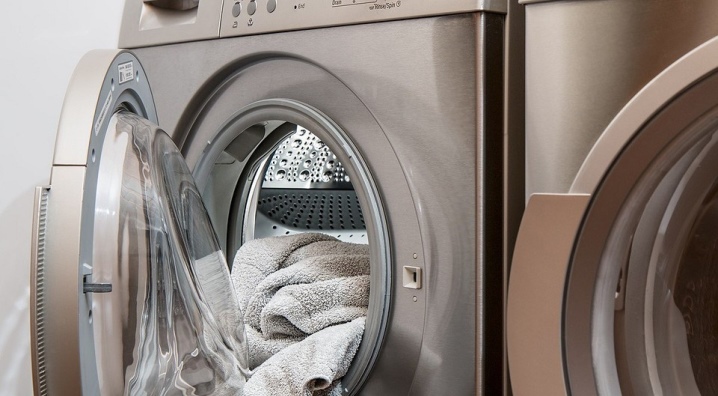
Any household appliances that are in stable demand must meet the requirements, which is why manufacturers are constantly working to improve them. Washing machines have long gained popularity among housewives and those who do not want to spend extra time washing, but want to stay neat and clean at the same time. In addition to the appearance, when buying this household device, you need to look at the spin class, thanks to which, in some cases, it will even be possible to save electricity.
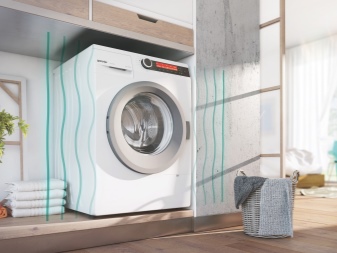
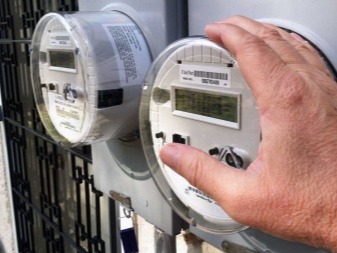
What is the spin class in washing machines?
Modern washing machines have a large number of functions, which greatly facilitates their use and provides more opportunities. When choosing new household appliances, you should pay attention not so much to the various options as to the useful characteristics of the device itself. The most important component is the spin class, which determines the percentage of moisture remaining after the end of the cycle..
The higher the drum speed in the device, the drier the washed items will be.

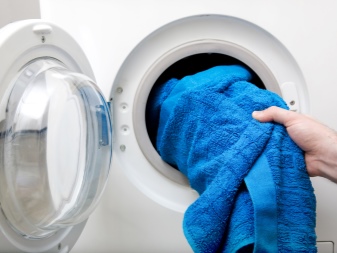
Dryness indicators are far from the last important values. Thanks to the high spin class, the efficiency of the equipment increases, which allows you to cope with the work faster, while saving electricity and water.
To purchase equipment with the highest spin rates, you should pay attention to the marking... In the passport of household appliances there are letter designations for different spin class options. There is an established classification that all manufacturers follow, so there will be no need to find out what this or that symbol means on different models of washing machines.
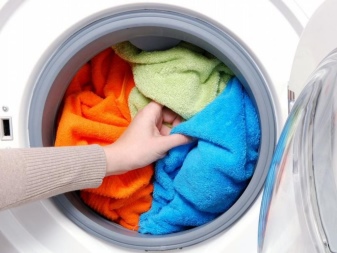
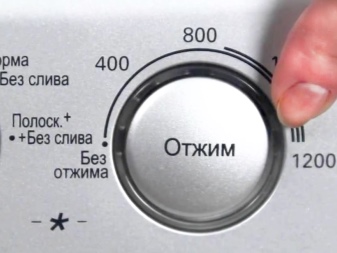
Classification principles
In order to understand exactly how manufacturers calculate the spin class of their equipment, you can carry out independent calculations. Modern washing devices can make from 700 to 1700 drum revolutions per minute, which allows you to get different degrees of drying of things after the end of the cycle.
If you want to check the efficiency of household appliances and make sure that they work correctly, you can take a number of measures:
- start the washing process and, upon its completion, weigh the things;
- dry clothes completely;
- re-weighing;
- subtract the weight of dry things from the indicators of wet ones;
- the resulting value is divided by the weight of the dry wash;
- the result is multiplied by 100%.
World manufacturers of household appliances use Latin letters to designate the spin class, where the most effective is "A" and the least is "G". To more accurately understand the difference in spin classes, it is worth considering each option separately.

Decoding and characteristics
Thanks to the letter designation that can be seen in the characteristics of washing machines, it is possible to get complete information about how quickly the drum will work, how much it can dry things after washing and how much energy and time it will consume.
G
The least effective spin class is considered "G", in which up to 90% moisture remains in the washed items. These figures indicate that the clothes will only be 10% dry. Washing machines with low speed, within 400 per minutewill not be able to produce a better result.
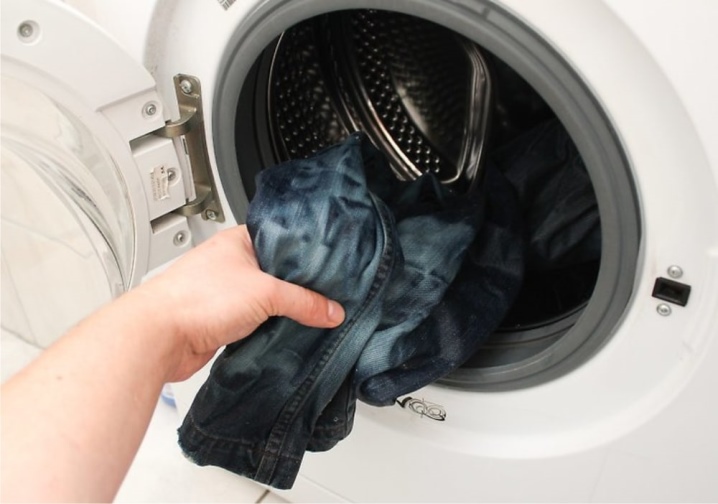
F
The spin class "F" is considered to be a little more effective, in which things are dried by 80–90%, which increases the dryness of clothes after a cycle to 10–20%. Washing machines turnover increases to 600 per minute.
E
The next in the classification is the spin class "E", in which things have a percentage of moisture after drying in the range of 70-81%, which indicates the dryness of clothes, increasing to 20-30%. In this case, the power of the machines will almost double in comparison with the "G" class and will reach 800 rpm.

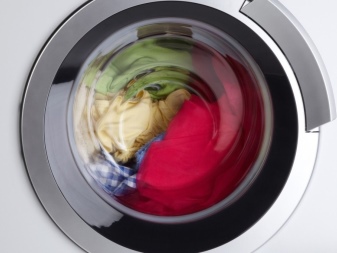
D
Washing units with a spin class "D" are considered more efficient, in which the moisture in the washed items remains 62–71%, which increases the dryness of clothes to 30–40%, and this indicator is already quite good and can suit many consumers expecting a low the cost of equipment and its normal operation.
In this case, the drum speed rises to a thousand per minute.
C
Class "C" is distinguished by the best moisture extraction after washing, the efficiency is already 53–61%, that is, the machine dries clothes almost half after a full cycle. At the same time, the unit operates at 1200 rpm, which is considered the average for high-quality and functional equipment.
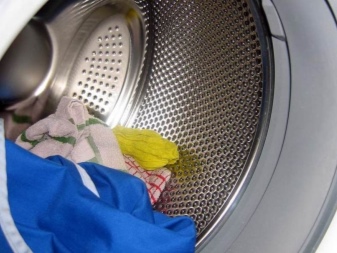
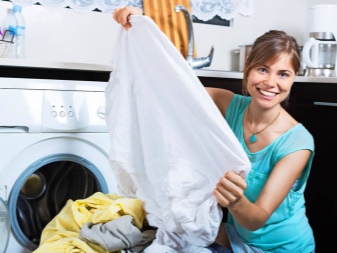
B
One of the most productive is the spin class "B", in which clothes after washing contain 44–52% moisture, that is, the device allows you to dry it by more than half, significantly reducing the time for completely drying things outside the machine. The turnover of such equipment also exceeds the indicators of the "C" class, since equal to 1400 per minute.
A
The most effective spin class is considered "A", in which things are dried as much as possible. After washing, the clothes contain less than 43% moisture, which is the best indicator for the current technology.
The maximum speed that the drum can develop during operation is 1600 rpm, which is the fastest indicator that can help you get the job done in the minimum amount of time, ensuring maximum efficiency.
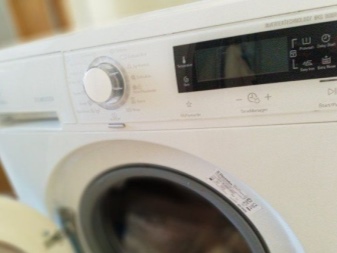
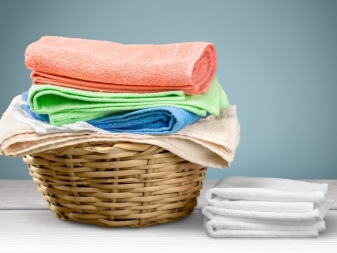
How does energy consumption depend on spinning?
An equally important factor, in addition to the spin class, is also energy efficiency. Both of these concepts are interconnected, since energy consumption also depends on the number of revolutions. For those who are content with little, you can purchase a washing machine, the revolutions of which do not exceed 1000 turns per minute, which will save a little, but will affect the quality of the wash.
In order not to overpay for electricity and at the same time receive consistently high washing results, it is worth buying "A" -class machines, but pay attention to the subclasses.
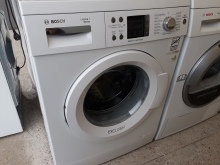
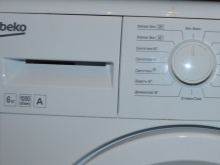

Modern washing machines are also classified according to energy efficiency.
- A - allows you to save from 50 to 80% of the electricity spent on the washing process. It has several subclasses: A + - has a higher economy than A; A ++ - the most balanced option for energy saving; A +++ is the most economical energy class of washing machines.
- V - makes it possible to save from 25 to 50% of energy during the operation of washing equipment. With small requests for equipment, you can purchase a product with this label, while getting high-quality device performance and not very large electricity bills.
- WITH - equipment with such an indicator allows you to save from 10 to 25% of electricity, while ensuring the quite efficient operation of the equipment.
- D - the least energy efficient class, which in some cases will make it possible to save up to 10% of electricity. If possible, it is worth choosing a washing machine with a higher energy efficiency class, which will help prolong the operation of the equipment and spend less kilowatts in the process.
- E - is considered non-energy efficient equipment, which increases the amount of consumed energy up to 10%, and this, in turn, wears out the equipment faster and forces you to pay more.
- F - one of the least desirable energy efficiency classes, since it increases the cost of a kilowatt from 10 to 25%, which significantly hits the wallet.
- G - the most inefficient class of energy consumption, which consumes 25% or more electricity for operation than any other type of equipment, which leads to rapid equipment failure and very large amounts of electricity.
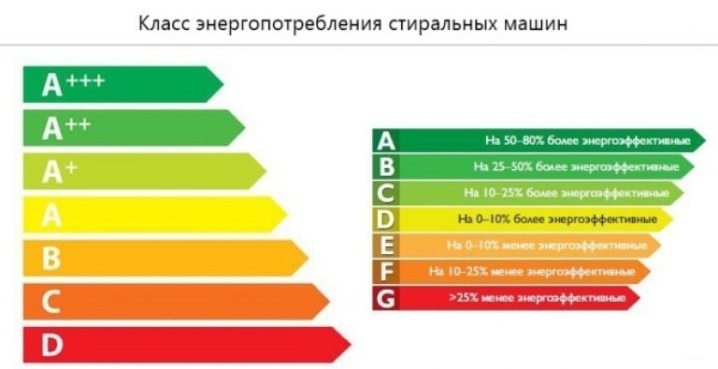
When choosing a washing machine, you should not chase a large number of revolutions. It is important that the technology has a balance between energy efficiency, power of all equipment, functionality and cost. Then the purchase will pay off in the near future and will bring only pleasant emotions from use.
How to make a choice?
For those who wish to purchase the highest quality and most convenient model of a washing machine, there are a number of factors worth paying attention to.
- In addition to the appearance and type of machine, it is worth considering its main functions and identify the ones that are needed first.
- It is necessary to evaluate the power of the equipment, the spin class and energy efficiency after it becomes clear, who will use the equipment... Those for whom drying is not a fundamental function can get by with low-speed equipment, while for older people this option will make it easier to dry and hang things. If you want to save money, you can buy equipment with an economy class from A to A +++, if there is no such need, all options from A to D will be quite acceptable.
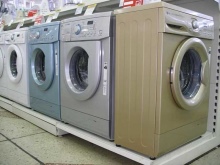
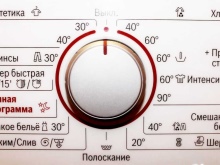
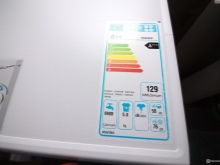
Each buyer himself knows what is best for him, but it will not be superfluous to arm yourself with additional knowledge - this will save yourself from the wrong purchase.
Expert advice
In the event that a question arose about choosing a new washing machine, you should not only trust your feelings, but also heed the advice of experts.
- It is recommended to buy certified products famous German, Italian, Japanese brands, the quality of which has been tested over the years.
- Choosing a car, you need look not only at the spin class, but also at energy efficiency, which may differ several times for different models. It is best to buy products labeled A +++, A ++, A + or A, but not lower.
- Vertical models subject to large vibrations and vibrations in the washing process than horizontal washing machines.
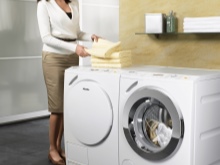
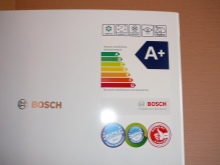
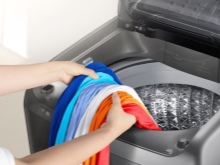
Having received all the necessary knowledge, you can safely choose washing household appliances that will serve for many years, providing high-quality and reliable work.
Read more about the spinning speed of the washing machine - later in the video.













The comment was sent successfully.